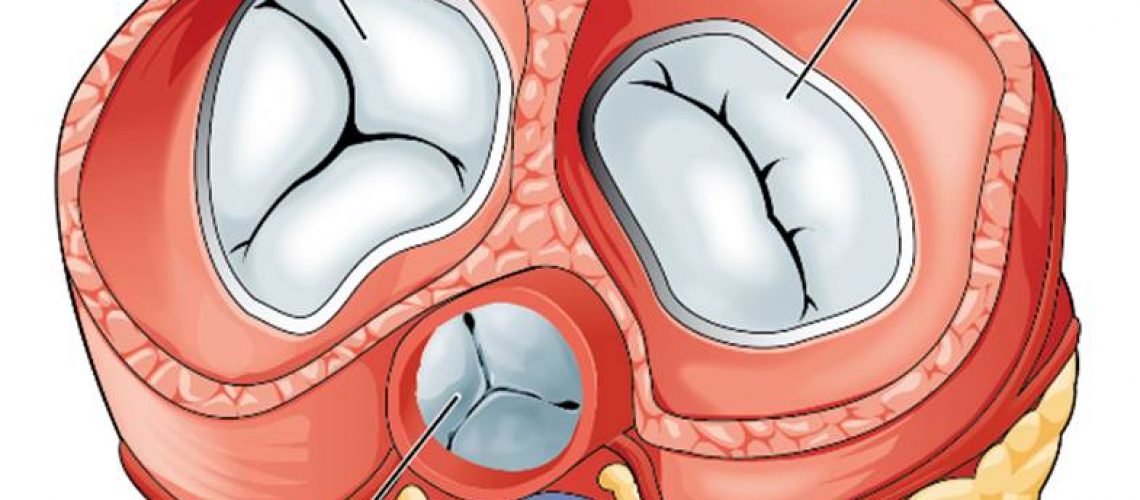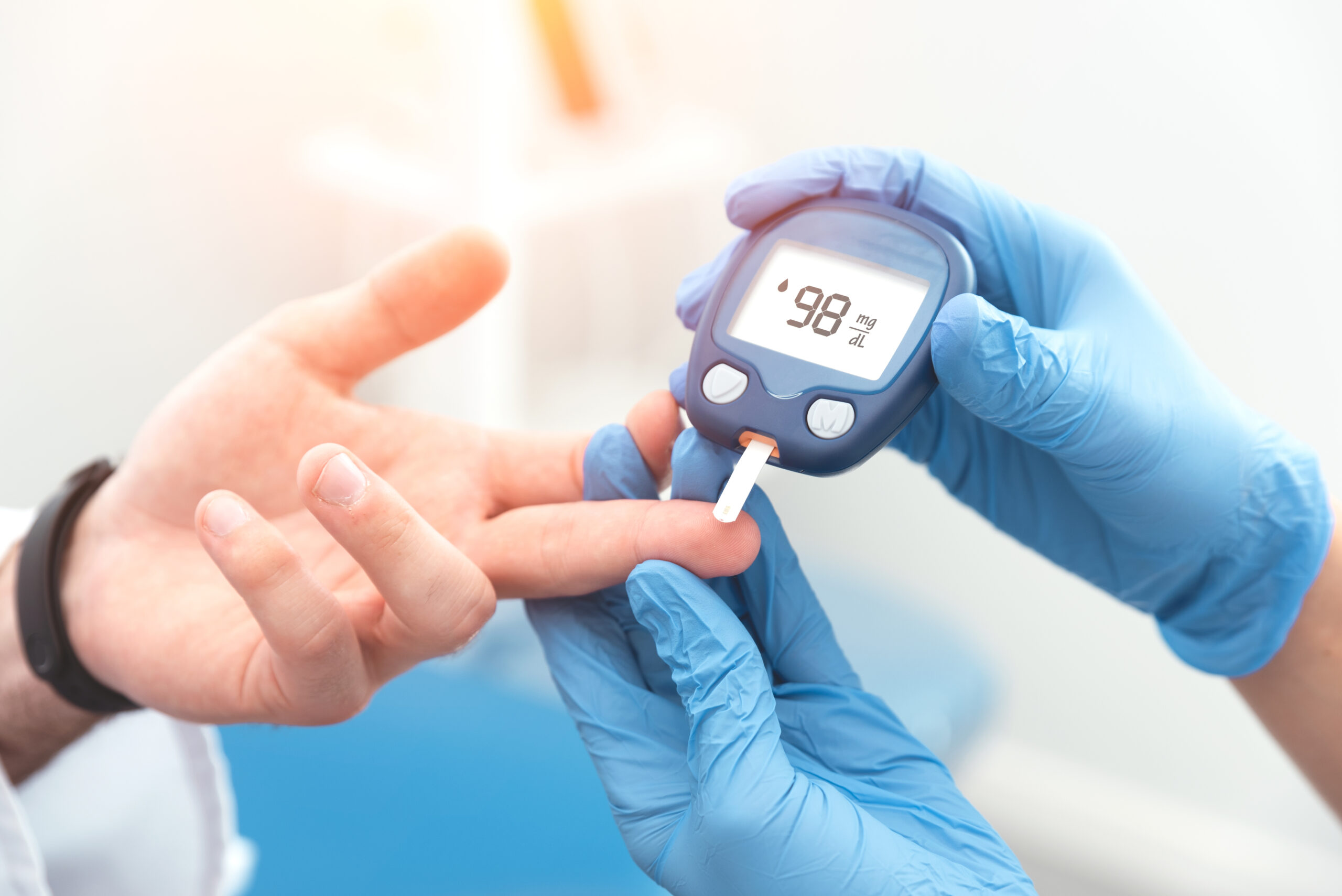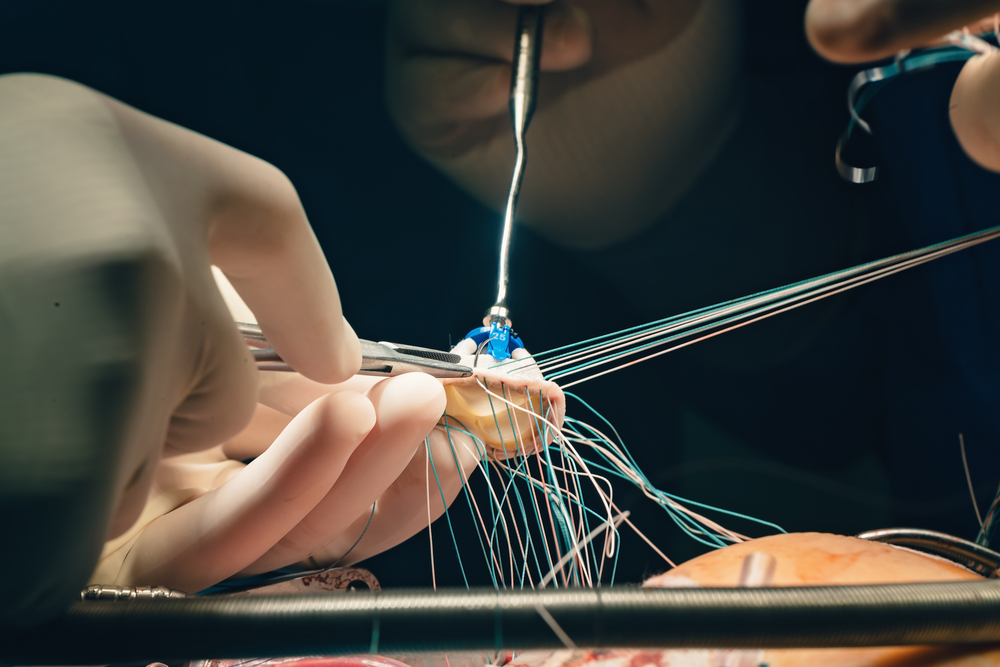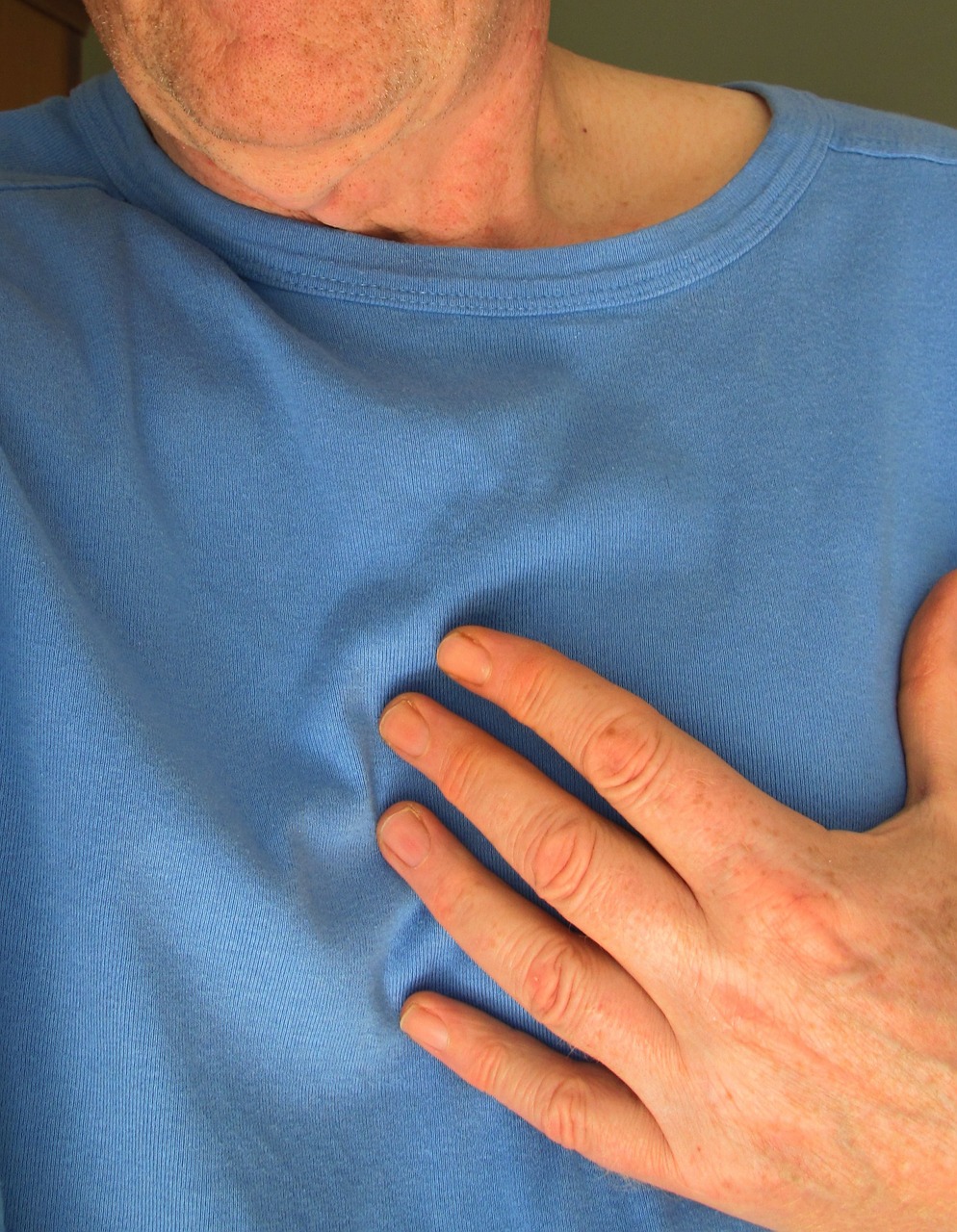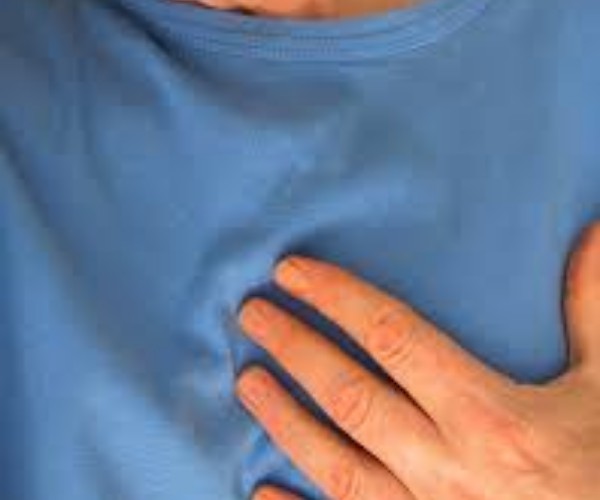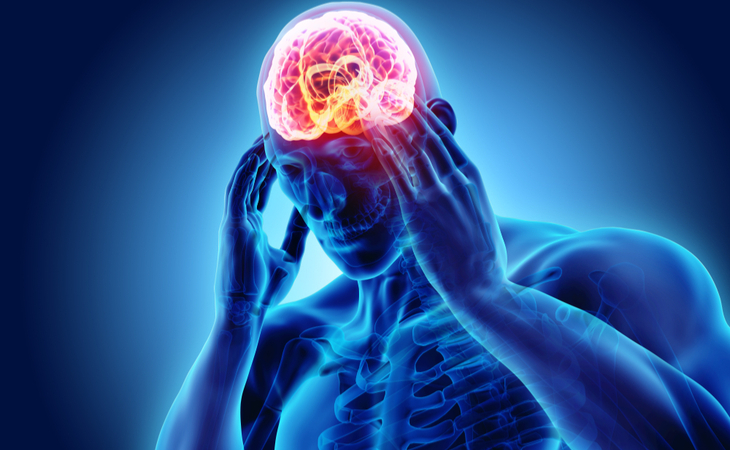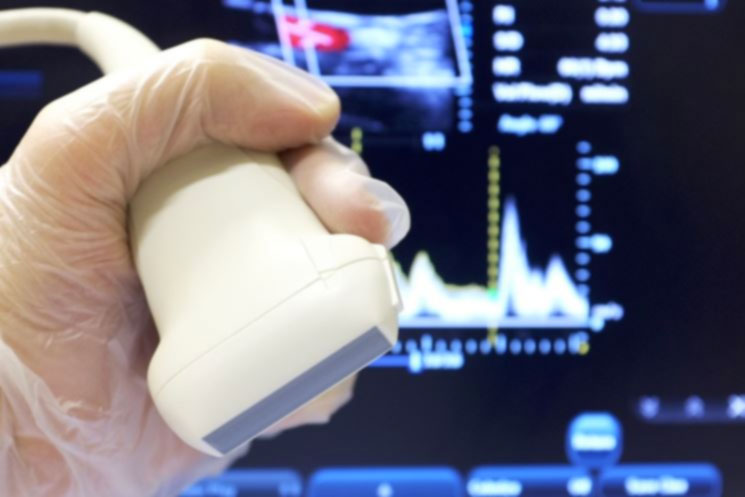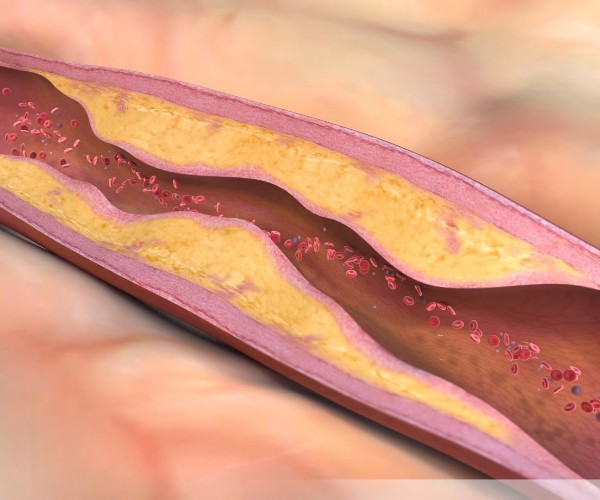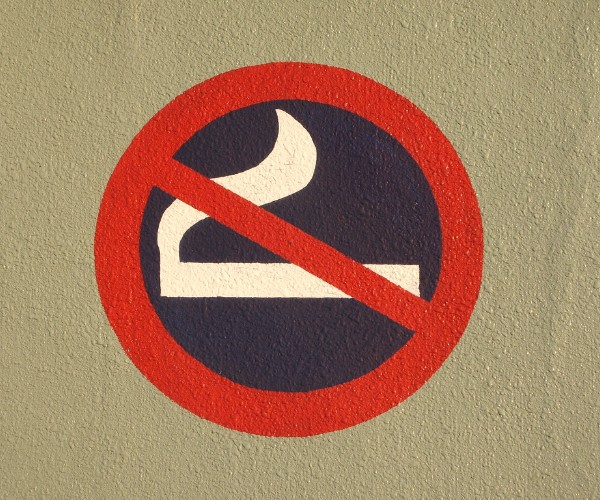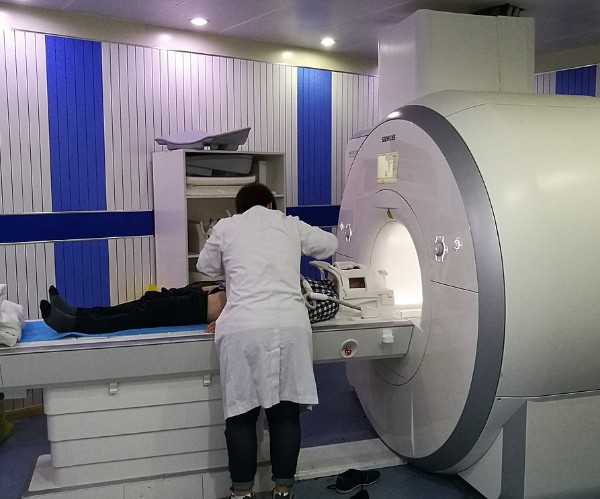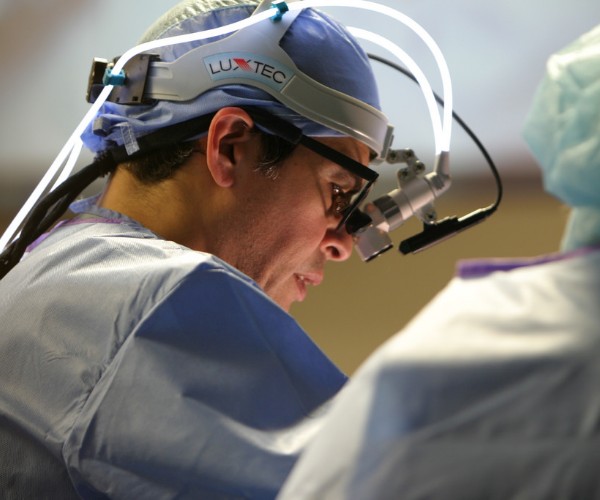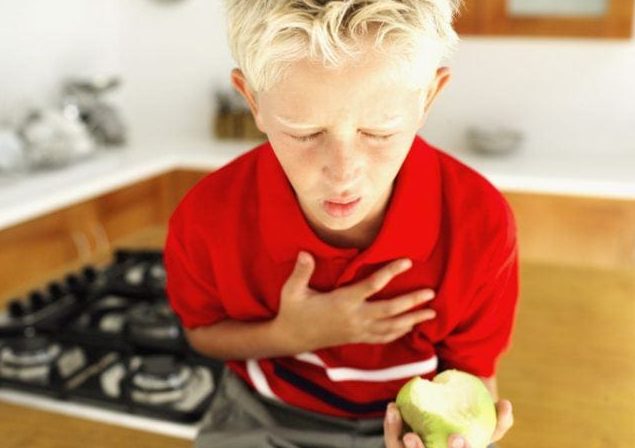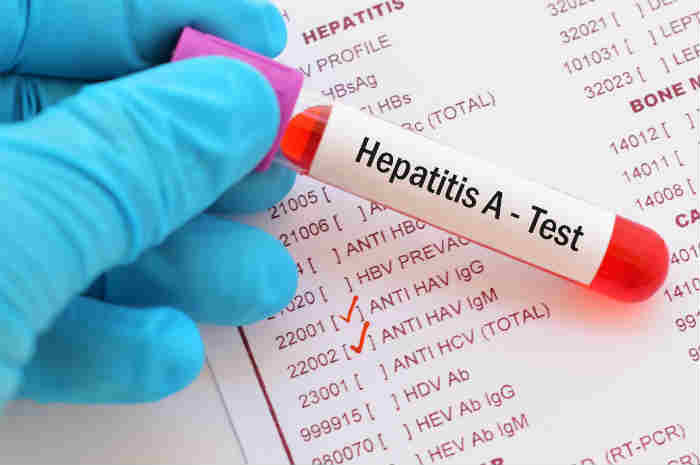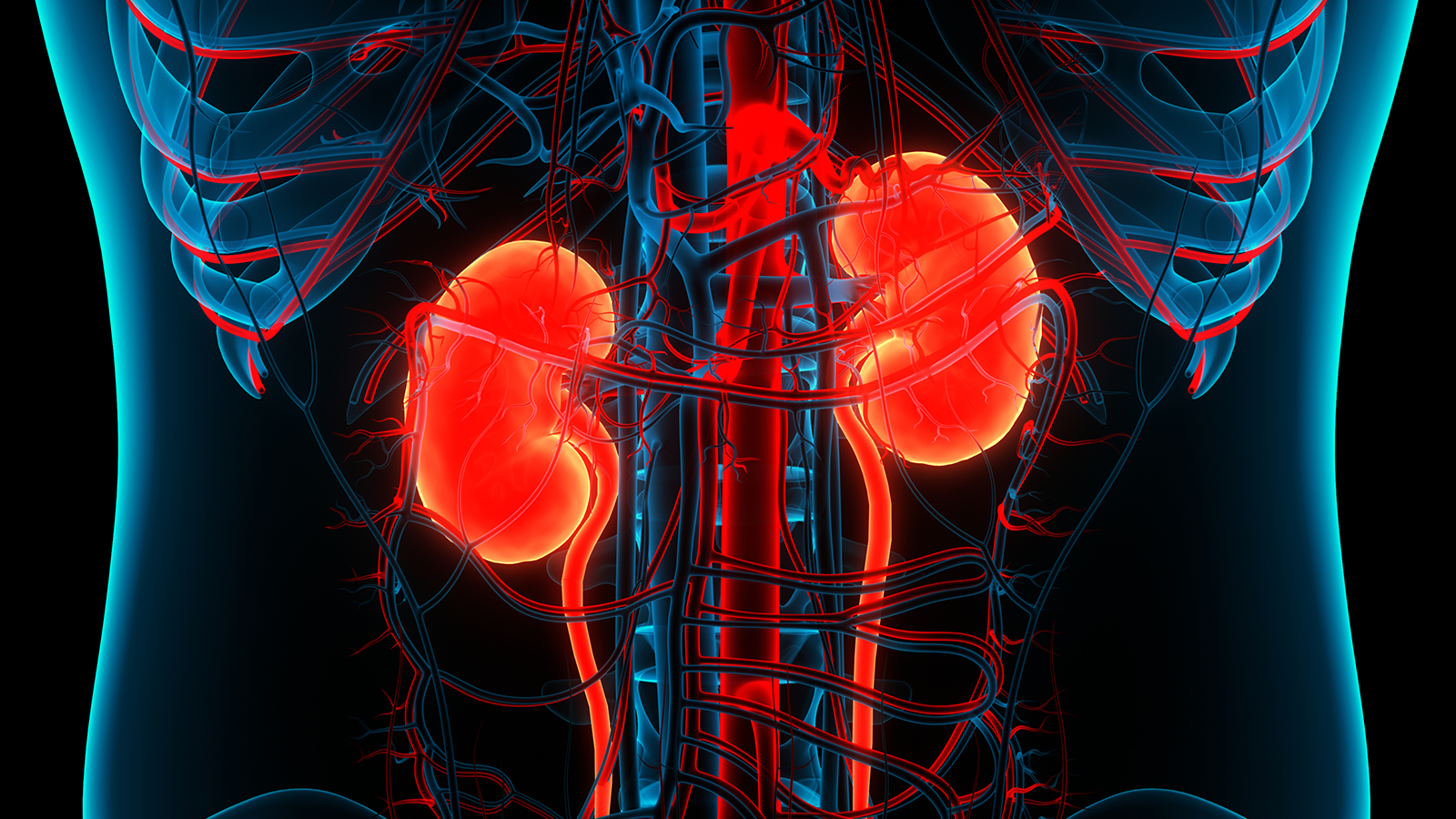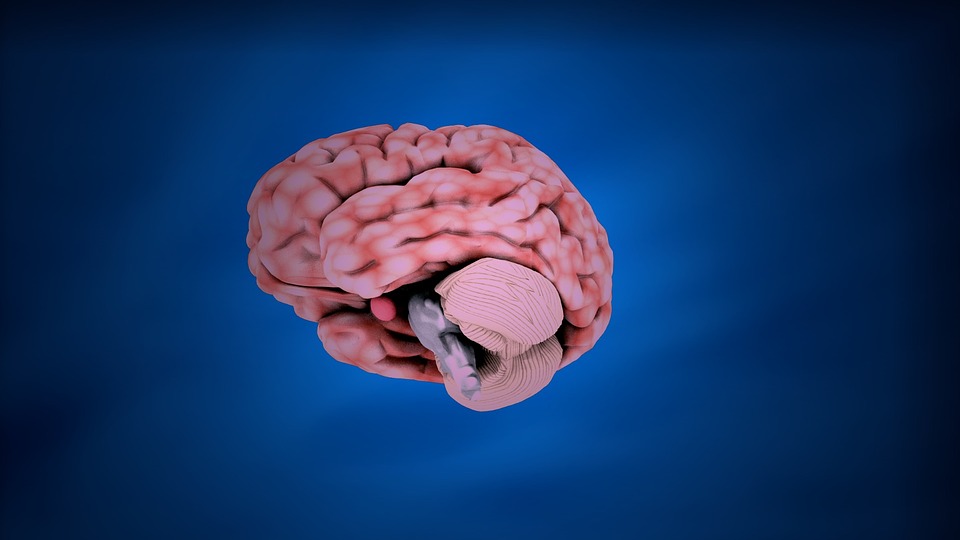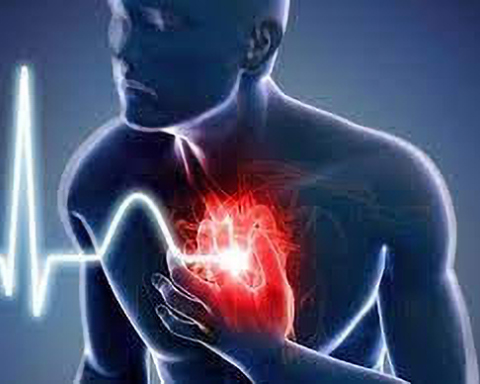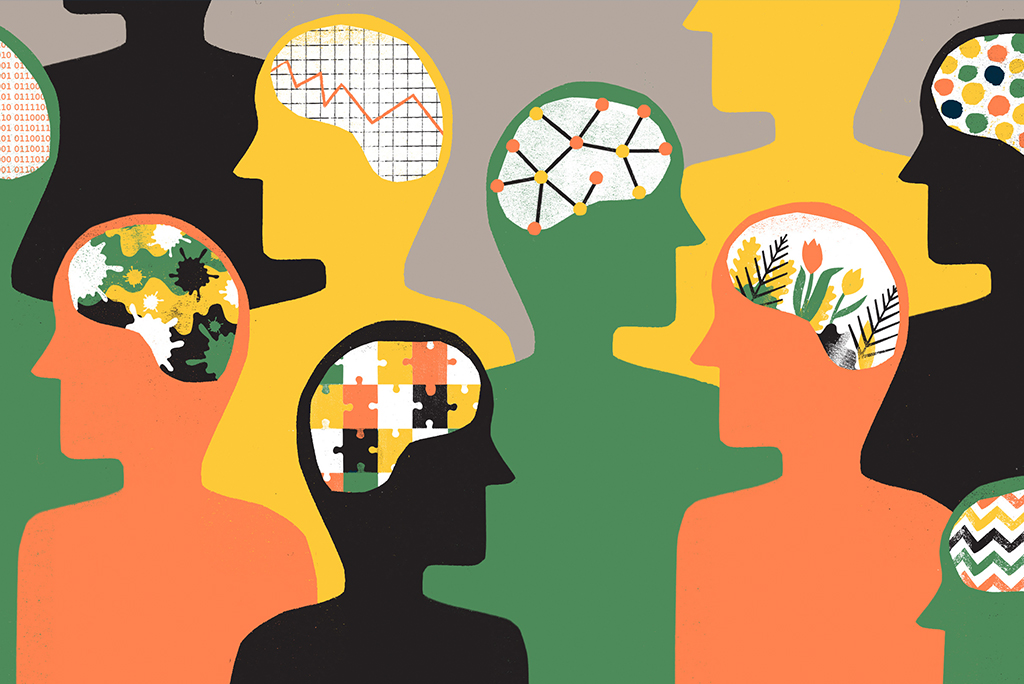Heart valve diseases comprise a large group of structural alterations and dysfunctions, congenital or more often acquired, that prevent the valves that separate the different chambers of the heart (atria and ventricles) from each other and from the blood vessels connected to it from opening and closing efficiently.
The valves most frequently affected by disease are: the aortic valve (separating the left ventricle from the aorta, the largest artery in the body); the mitral or bicuspid valve (separating the left atrium and ventricle); the pulmonary valves (separating the right ventricle from the pulmonary arteries); and the tricuspid valve (separating the right atrium and ventricle).
The integrity and proper functioning of the heart valves are critical because their rhythmic and perfectly coordinated opening and closing directs the flow of blood within the heart and enables efficient pump function, which delivers oxygenated blood to all body tissues and to the brain.





